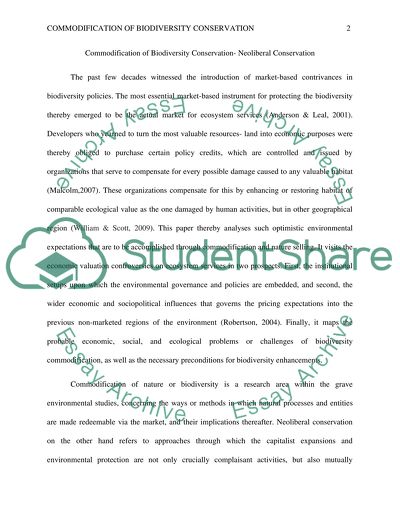Cite this document
(“Commodification of Biodiversity Conservation Essay”, n.d.)
Retrieved from https://studentshare.org/geography/1665878-commodification-of-biodiversity-conservation
Retrieved from https://studentshare.org/geography/1665878-commodification-of-biodiversity-conservation
(Commodification of Biodiversity Conservation Essay)
https://studentshare.org/geography/1665878-commodification-of-biodiversity-conservation.
https://studentshare.org/geography/1665878-commodification-of-biodiversity-conservation.
“Commodification of Biodiversity Conservation Essay”, n.d. https://studentshare.org/geography/1665878-commodification-of-biodiversity-conservation.


